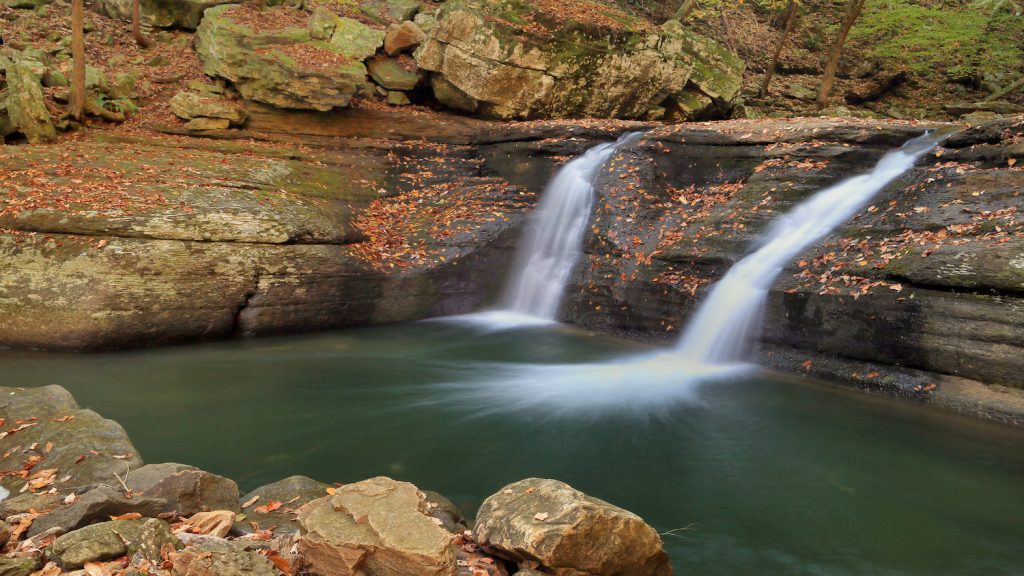Estimating Future Water Availability and Streamflow in the Southeast

Principal Investigator: Jacob LaFontaine, Georgia Water Science Center
Project Completion: September 2016. This project has now been completed.
Implements Science Theme: 3
Overview
Estimates of water flows in streams are critical to inform natural resource managers of water availability for both human and ecological needs. Monitoring flow in the stream using a streamgage provides information about the amount and timing of surface water resources. However, not every stream has a streamgage and decisions about water resources may need to be made in a watershed where there is no flow information. Hydrologic models can be used to provide estimates of streamflow in the absence of streamflow information. These models depend upon available streamflow data for calibration, and can be very inaccurate without the use of those data. This research developed a method to group watersheds that are gaged with watersheds that are not gaged so that accurate estimates of water availability can be provided regionally. To accomplish this, various models, techniques, and data were used to group watersheds across the southeastern United States. This means that watersheds were not necessarily grouped by proximity to one another, but instead were grouped based on their response to climate and their landscape setting. This results in consistently developed regional estimates of water availability for current and potential future climate and land cover in the southeastern United States.
